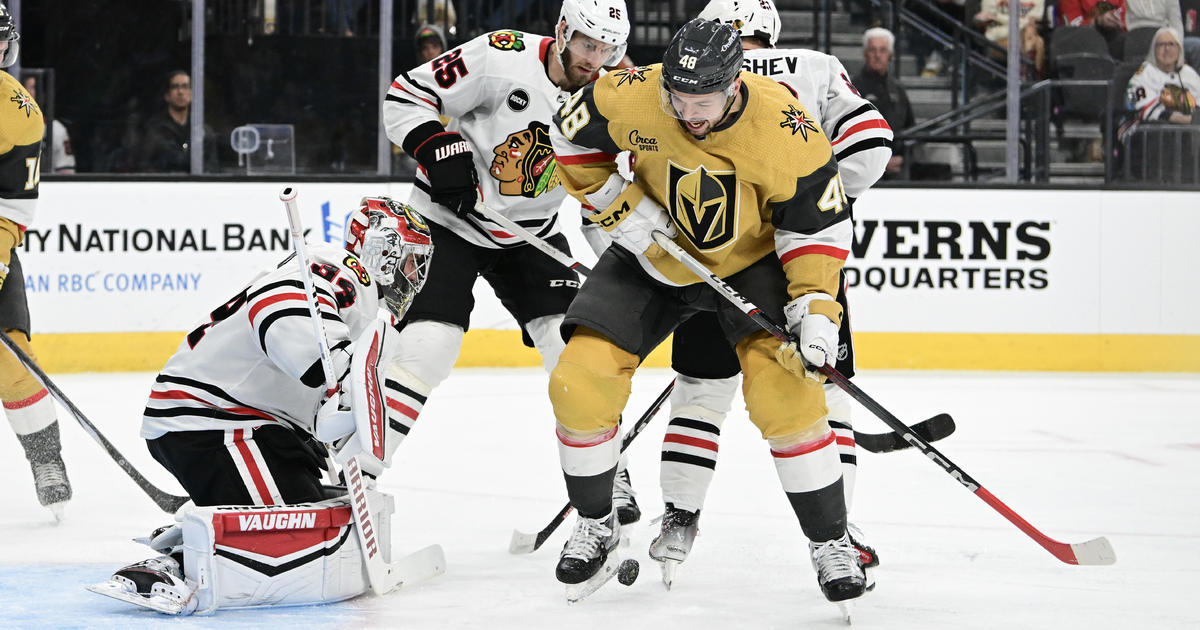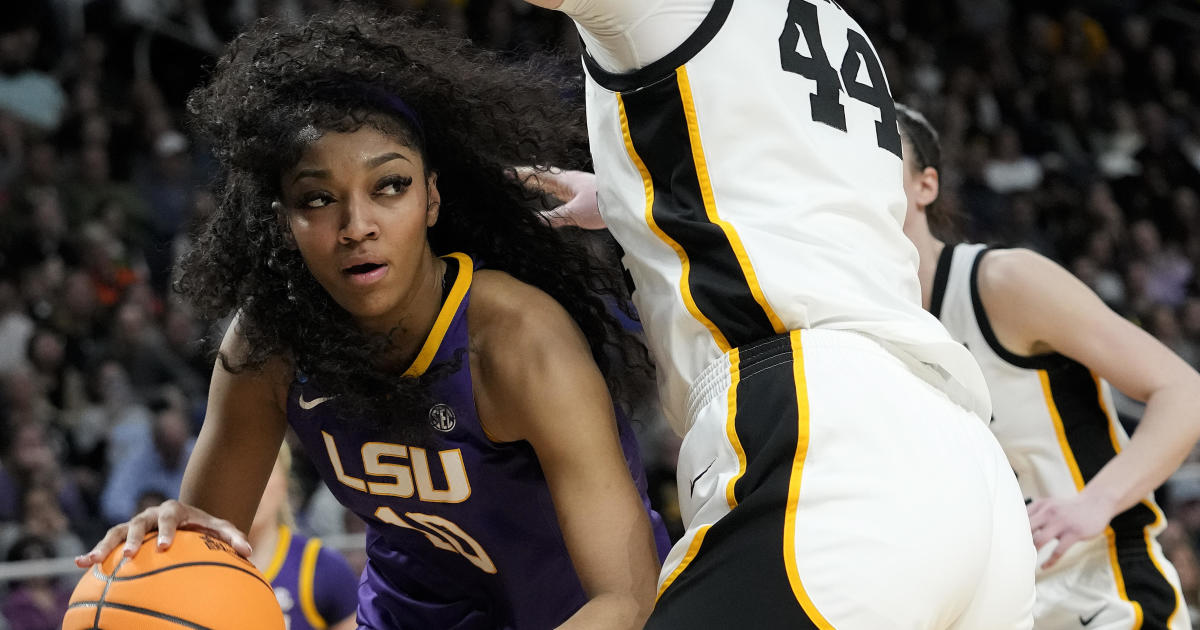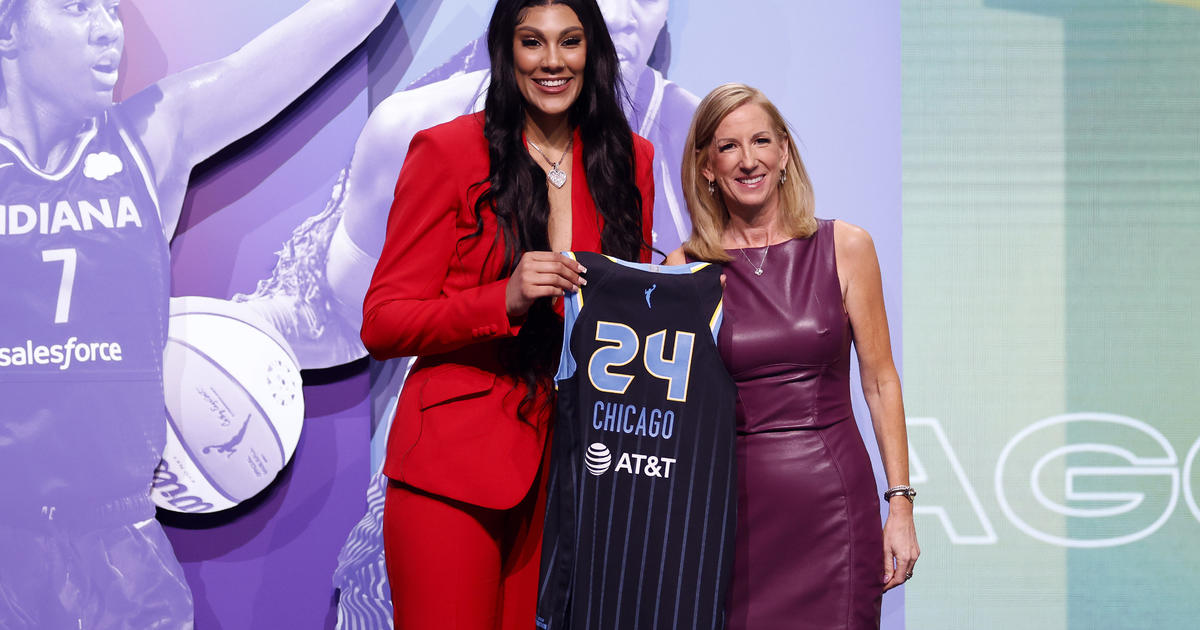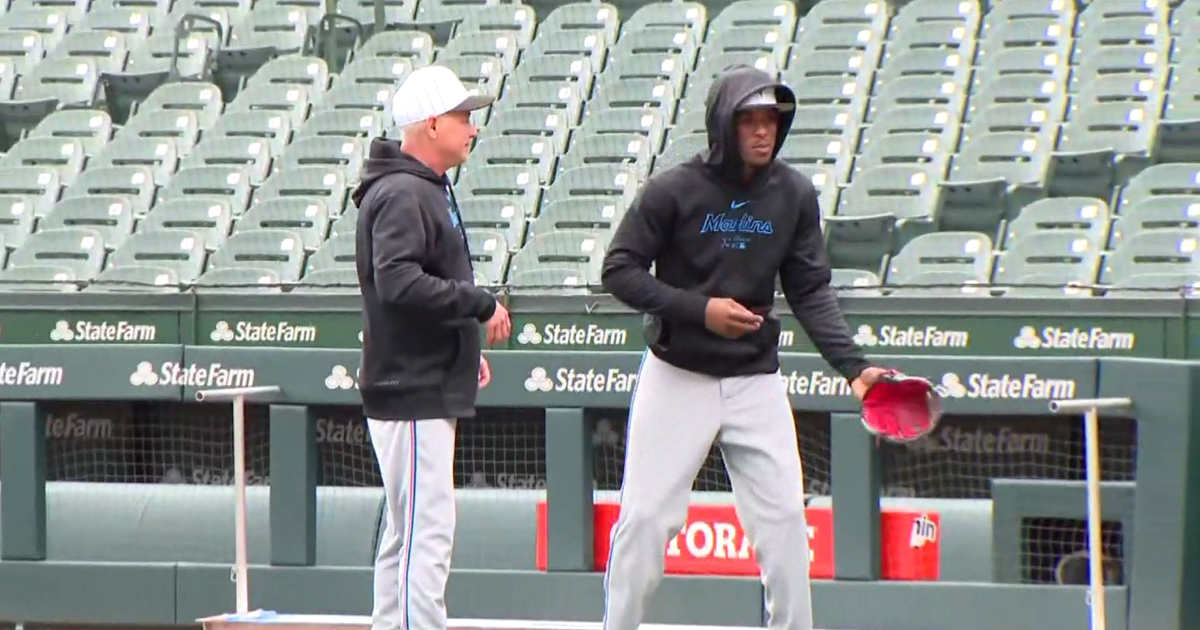Gabriel: 2018 NFL Draft Combine Primer
By Greg Gabriel--
(670 The Score) The annual NFL Scouting Combine begins in Indianapolis on Tuesday with the first group of players set to arrive. The number of participants is set at 326 players this year.
Unfortunately for the players, an invite doesn't guarantee a player that he will get drafted, because each year there are only about 255 players selected depending on the number of supplemental picks. On top of that, around 35 players per season get drafted who don't go to the combine, which means around 100 to 105 invited players go undrafted.
Fans enjoy seeing the players work out at the combine. While workouts are important, medical exams are really the reason the Combine came about in the first place. Having a central location to perform medical exams on prospects for the draft became much more cost effective than a player having to travel to several different clubs to get the same tests done over and over again. The workout phase was the bonus to holding the event.
Back in the early 1980s, there were three different scouting services that NFL clubs subscribed to. They were National Scouting, Blesto and Quadra. At that time, each service had its own combine, with the three events held over a period of about four weeks following the Super Bowl. Because of school commitments and other obligations, not every player went to each combine, so it was difficult to get proper information on all the top players.
After landing in New Orleans (1984, 1986) and Arizona (1985), the combine was moved to Indianapolis, where it has been since 1987. One of the reasons the NFL chose Indianapolis was because of all the hospitals close by and the large group of hotels centered in downtown within walking distance of the stadium. When team officials get to Indianapolis, they never have to use a car, as everything is within walking distance.
Medicals
The first task for many players after they arrive is go through pre-medical testing. The combine organizers already have the medical records of each invited player, so if it's determined that a players needs a certain X-ray or MRI, it is done shortly after he arrives. Once the medicals start, more follow-up tests will be conducted in the following days as needed.
The medicals are more than just orthopedic exams, as each player also has a comprehensive internal medical exam. In most cases, if a prospect has a condition that he didn't know about, he finds out about it while in Indianapolis.
Following the combine, most clubs hold a medical meeting. There will always be highly rated players who end up getting downgraded because of the results of the various medical exams. It's a frustrating-but-needed part of the whole scouting process.
Psychological exam
While the bulk of the first day at the combine is spent on the medical exams, the players go through a series of psychological and intelligence testing on the second day. Different clubs subscribe to different services as far as psychological testing, players often have to take several different tests measuring psychological and intelligence levels. Again, it can be exhaustive but something each club needs. The other task that the players perform on the second day is the bench press, which obviously measures endurance strength. The clubs don't want the players doing the bench press on the same day they do their other physical testing.
Physical testing
Contrary to what many believe, combine participants don't see their stock rise or fall based on a great workout. A great workout is expected. Most of the players who are participating have spent between four and six weeks training for the combine. They literally practice each event they will be participating in, and in events such as the three-cone and 20-year shuttle, each of their steps have been rehearsed.
Clubs always have estimated values on what they feel a prospect should do in each event. Because the players have been in training, those values are set high. The great workout is expected, and it's when a player doesn't perform to expectations that a red flag comes out.
That can change when a player who's expected to have, say, an average workout ends up doing far better than expected. When that happens, most clubs go back and look at the tape of the player to see where they missed on his estimated athleticism. While there may be a mild bump for the player, it's seldom more than just a small uptick with his grade. When you hear one of the analysts say a player's stock rose two rounds, that's nothing more than hype. It seldom ever happens. The reality is there can be more players lose value because of poor testing than players rise in value because of good testing.
There are players whom clubs are unsure of. One such player this year is Iowa cornerback Josh Jackson, who was only a one-year starter at Iowa and came out as an underclassman. His ball skills are excellent, as are his cover skills, but the main question is can he run fast? On tape, Jackson looks like he may be a 4.5-second performer in the 40-yard dash. If he runs in the mid-to-low 4.4s, then he very well could be the first cornerback drafted. If he runs slower than 4.55, then his grade could lower. For skill positions players like defensive backs and wide receivers, the stop watch is important. Fast players have a much better chance of getting drafted higher.
Players to watch for the Bears
With the first phase of free agency still more than two weeks off, we really don't have any idea what direction the Bears will go in the NFL Draft. We do know they have a need at wide receiver, offensive line, edge rusher, and cornerback,.
With that in mind, the following could be players the Bears are interested in:
Receiver: Calvin Ridley (Alabama), Courtland Sutton (SMU), James Washington (Oklahoma State), Dante Pettis (Washington), Christian Kirk (Texas A&M)
Offensive Line: Quenton Nelson (Notre Dame), Mike McGlinchey (Notre Dame), Will Hernandez (UTEP), Brian O'Neill (Ppittsburgh), Isaiah Wynn (Georgia)
Edge rusher: Harold Landry (Boston College), Arden Key (LSU), Marcus Davenport (Texas-San Antonio), Duke Ejiofor (Wake Forest), Lorenzo Carter (Georgia)
Cornerback: Josh Jackson (Iowa), Denzel Ward (Ohio State), Jaire Alexander (Louisville), Isaiah Oliver (Colorado), Mike Hughes (Central Florida)
Greg Gabriel is a former NFL talent evaluator who's an on-air contributor for 670 The Score. Follow him on Twitter @greggabe.



